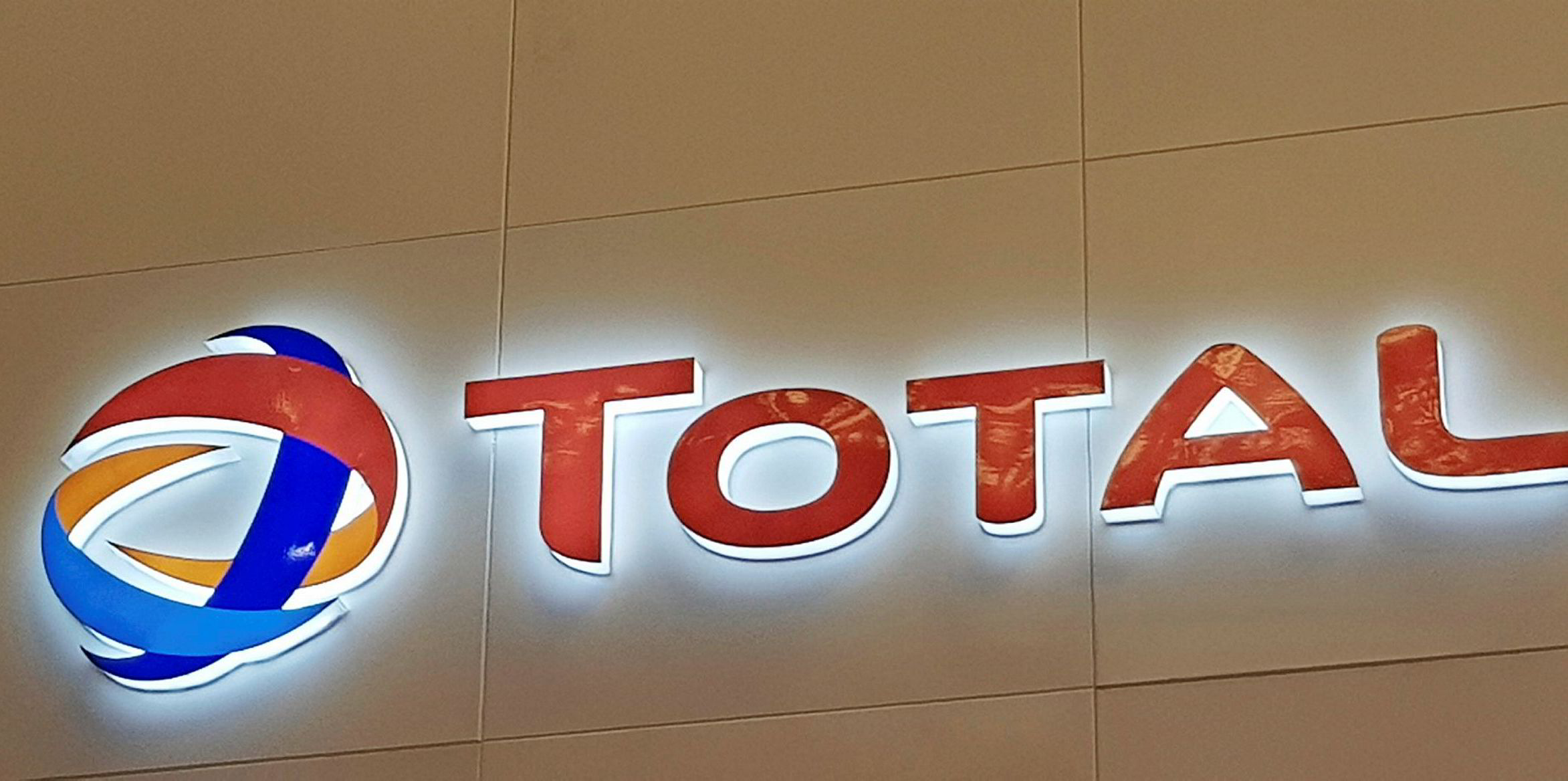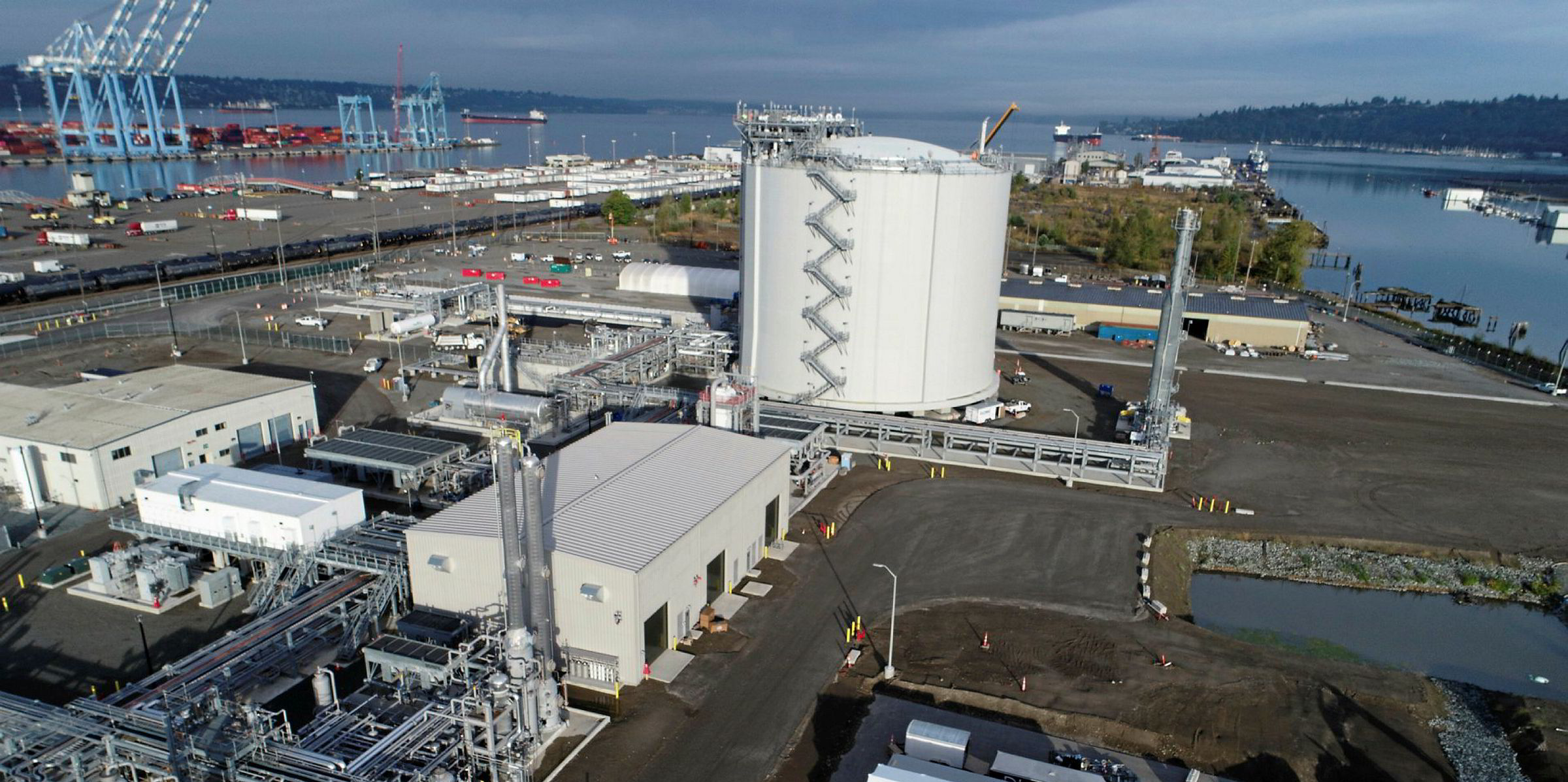Canadian ferry and shipyard operator Seaspan is in the final stages of choosing a yard to build its planned LNG bunker vessel (LNGBV).
Seaspan Ferries' director for fleet engineering and vessel development, Harly Penner, said the 7,500-cbm vessel will be available for operation in the Port of Vancouver from 2023.
He told IQPC’s LNGBunkeringLive meeting that the vessel will also be available for coastal transportation of LNG.
Seaspan has been working with ship designer VARD Marine in Canada to design a suitable LNGBV for the company’s trading areas.
Penner said the company will own and operate its LNGBV. The vessel will be Canadian-flagged and crewed by domestic seafarers.
He shied away from giving any further details.
But he said the vessel will be "highly manoeuvrable" and "fairly fast" to accommodate the needs of some of its first customers in Vancouver.
A final investment decision on the unit will be taken soon.
In May, TradeWinds reported that Seaspan was making early-day enquiries for several LNGBVs.
The company was seen asking for offers on two firm LNGBVs of about 7,600-cbm.
Taking the lead
Penner said Seaspan will take the lead for providing the LNG bunkering service working in partnership with Canadian utility FortisBC.
FortisBC is currently producing about 1,500 cbm of LNG per day and is working to increase this to 1 million tonnes per annum.
Seaspan and FortisBC are working together to provide a new LNG bunkering berth that will be available from the next year.
Penner admitted that there is a "significant and challenging process" to go through to operate the LNGBV in the Port of Vancouver.
He said solving the problem of availability is key for LNG bunkering, adding it is important that services provided in the Pacific Northwest complement those being provided across the ocean in Asia.
Seaspan already operates two hybrid LNG-fuelled ferries, the Seaspan Swift (built 2016) and Seaspan Reliant (built 2017), in Vancouver.
These are supplied with LNG in on-board truck operations. They are due to be joined by another two vessels next year.
But Seaspan, which also retrofits vessels for LNG fuelling in one of its yards, is also understood to be targeting visiting containership, tankers and cruise vessels to the region which may need LNG bunkers.
The shipowner and operator is also said to have ambitions to work further afield in British Columbia and further south along the west coast of North America in San Francisco and the large container port of Oakland.







